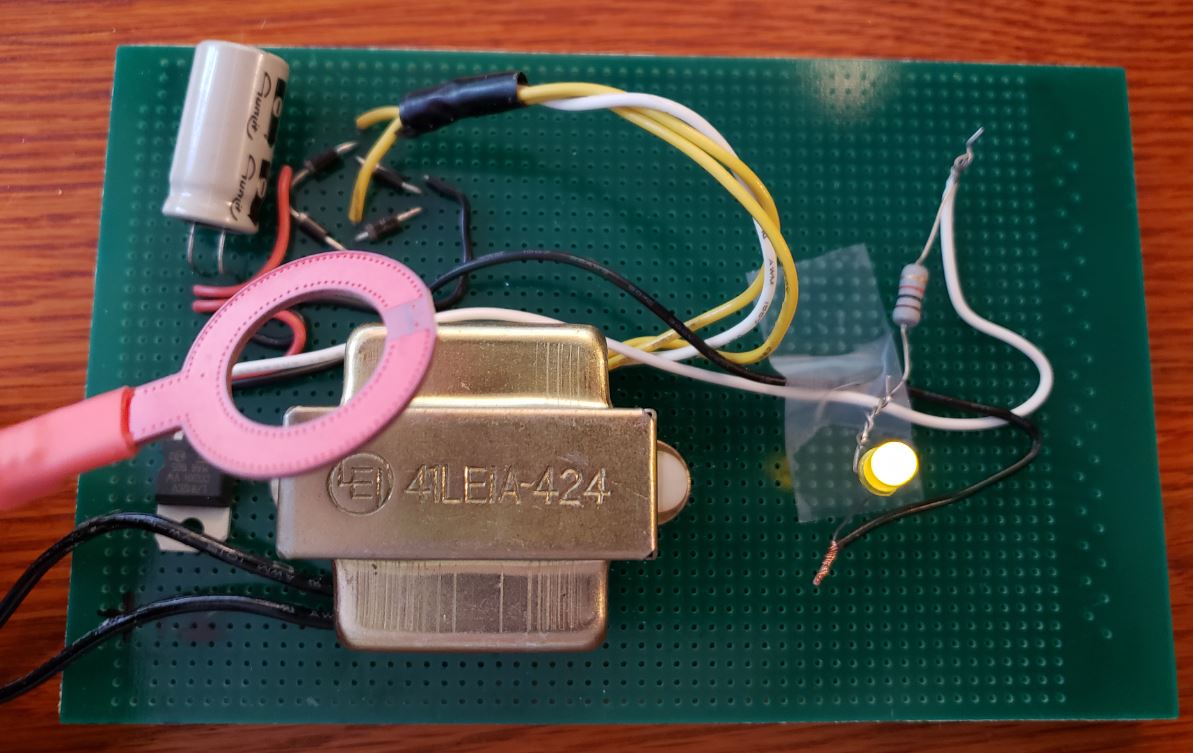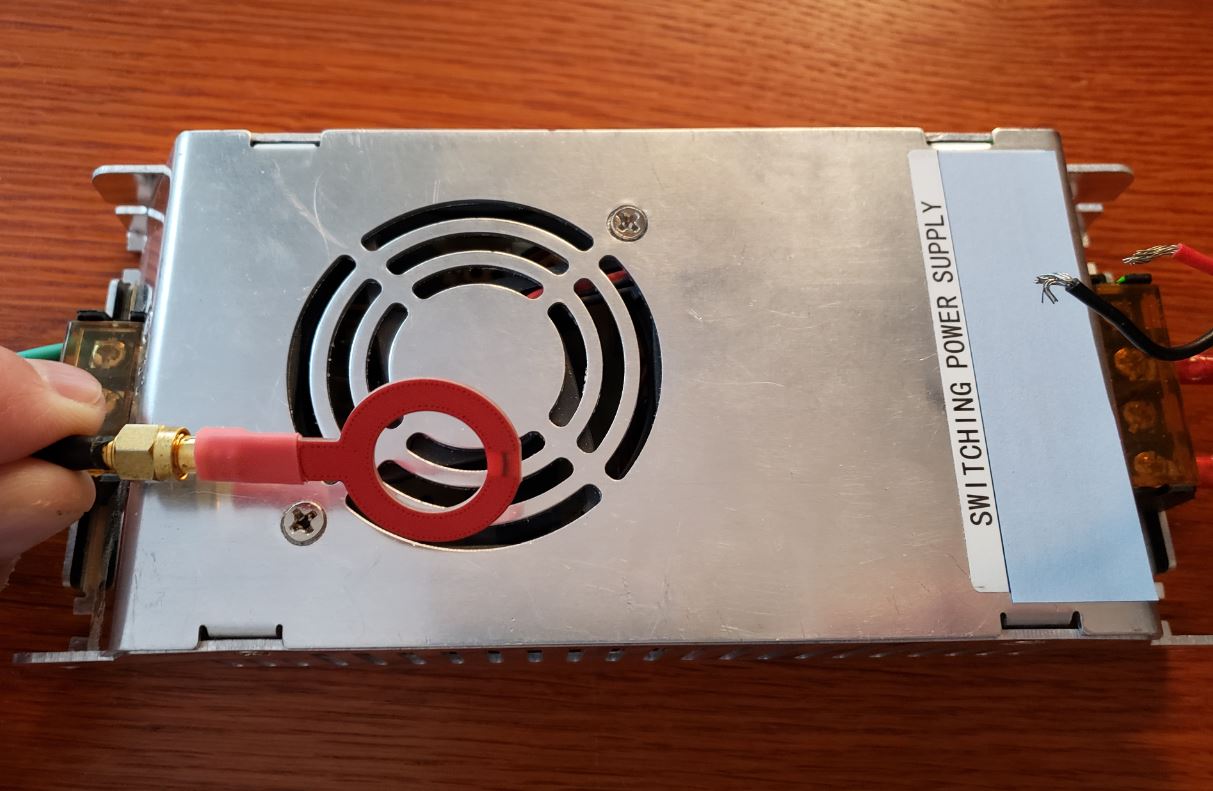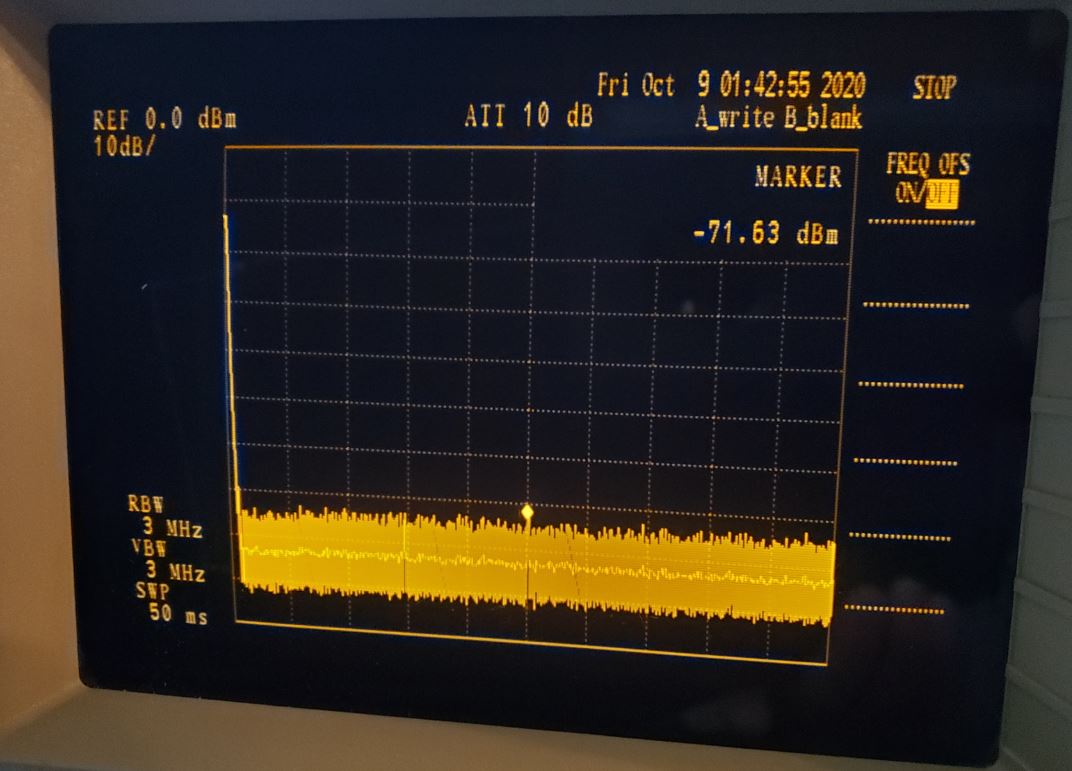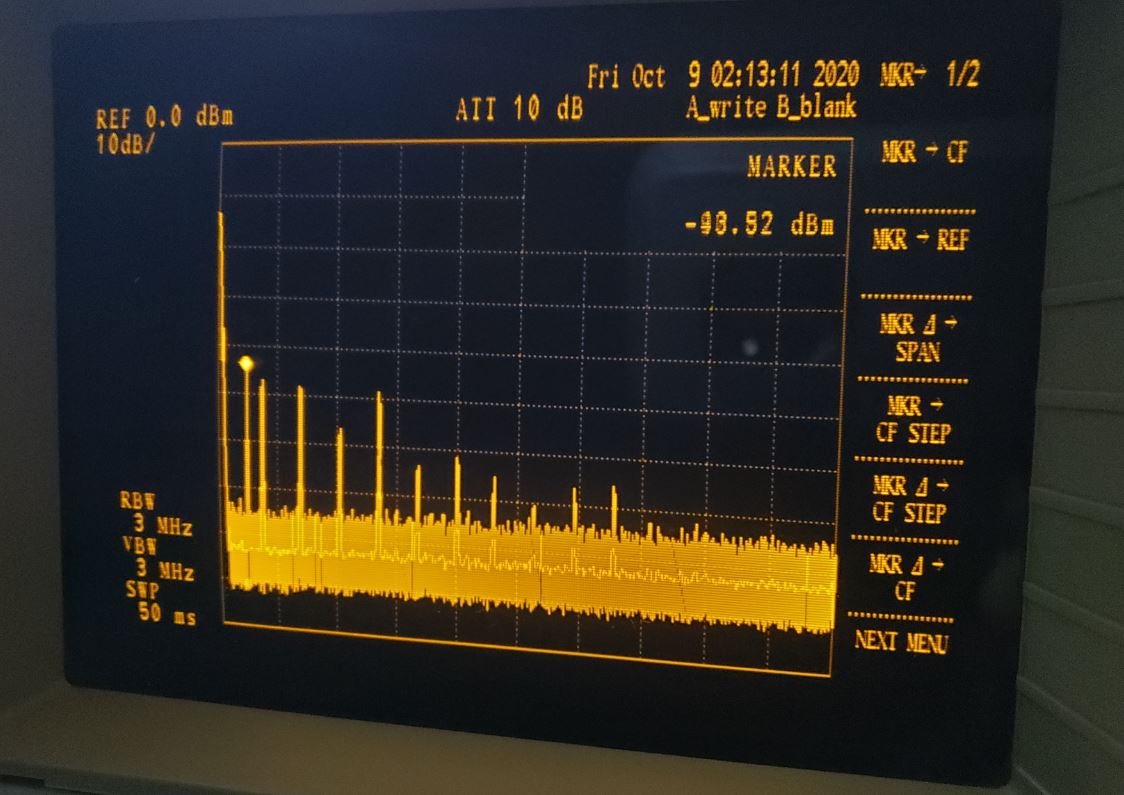Switching or Linear Power Supplies - which is better?
So, which 'is' better? To answer the question right up front, neither.
It depends on what you are using the power supply for, and it is more of a
matter of using the right tool for the job.
 To
the left is a simple Linear Power Supply (LPS) schematic. It gets its
name from the mode of operation of the power transistor of the regulator,
which is run in linear mode (always on). The power supply
consists of 4 parts: a volt converting transformer, a bridge rectifier, a
voltage regulator, and filtering. LPSs are cheap, easy to build, have
good regulation, and little noise or ripple.
To
the left is a simple Linear Power Supply (LPS) schematic. It gets its
name from the mode of operation of the power transistor of the regulator,
which is run in linear mode (always on). The power supply
consists of 4 parts: a volt converting transformer, a bridge rectifier, a
voltage regulator, and filtering. LPSs are cheap, easy to build, have
good regulation, and little noise or ripple.
Linear power supplies are used in applications where solid regulation and
low noise ripple is required. LPSs would also be the choice where low
Electromagnetic (EM) emissions, quick transient responses, and low spectral
signatures are needed.
On the downside, LPSs tend to be bigger and heavier due to the transformer.
Big transformers also cost more. They are also less efficient, with
efficiencies in the 25% to 50% range. This lost efficiency is radiated
as heat, which could be a problem for circuits which are thermally sensitive.
LPSs could operate in the 50-100 degrees (C) range.
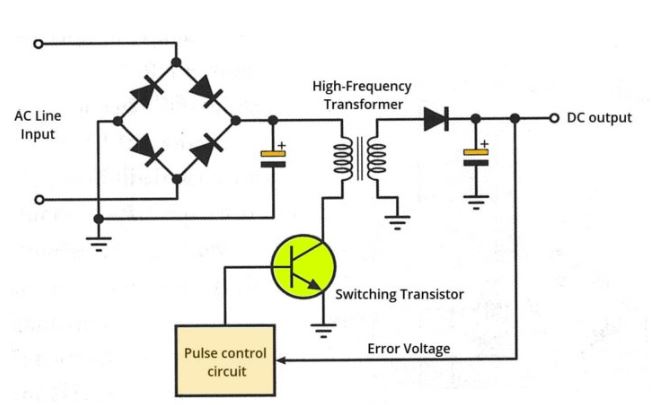 As
electronic devices became more power hungry and thermally
sensitive, a need to use power supplies with better efficiency came about.
As
electronic devices became more power hungry and thermally
sensitive, a need to use power supplies with better efficiency came about.
To the left is a simple flyback Switching Mode Power Supply (SMPS).
This is one of many different types of SMPS circuits, all of which reply of
some form of Pulse-Width Modulation (PWM). You'll note, this circuit
uses a single transformer for isolation and to reduce the line voltage.
Other designs may use multiple transformers for handling various switching frequencies,
manipulating voltage levels, and for isolation.
As stated above, all SMPSs are PWM or choppers. Their efficiency is
gained by turning the regulating transistors on and off only when needed.
This reduces power consumption, and in turn reduces heat. The
operating frequencies are usually higher, which reduces transformers sizes,
which also makes them cheaper and lighter. Efficiencies of SMPSs are typically
in the 65-80% range, higher is custom designed circuits. Operating
temperatures are usually in the 20 - 40 degree (C) range.
Some negatives would be lower quality regulation (typically 0.3%), higher
voltage ripple, slower transient response time, and they also radiate Rf
energy which requires shielding. Also, SMPSs are
known to be less reliability than LPSs. As mentioned above, it is just
using the right tool for the job.
Below is a simple demonstration of the Electromagnetic Interference (EMI)
comparing a linear power supply to a switching power supply. I'll be
using a H-loop Near Field Antenna (10KHz to 6GHz) and a Spectrum Analyzer.
No need to use an enclosure because the noise produced by these supplies
are well below populated Rf bands (sweeping 10KHz to 500MHz).
